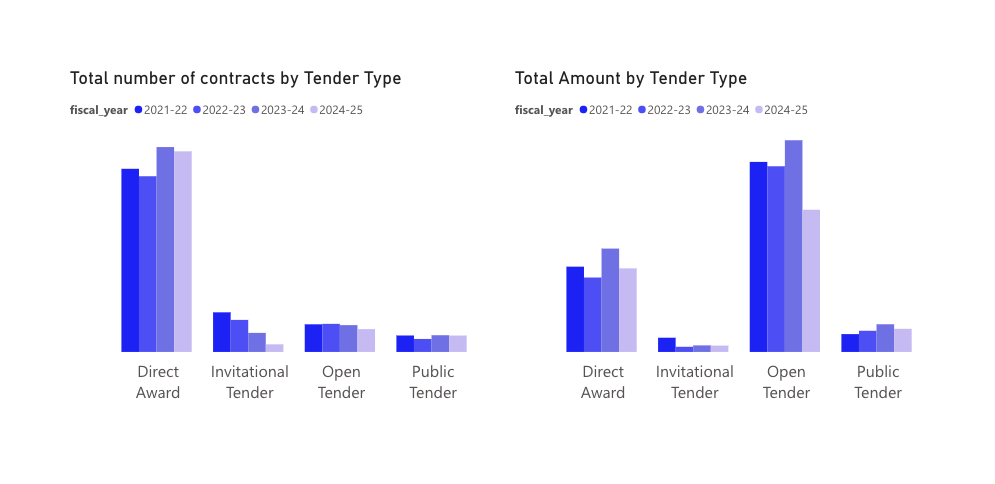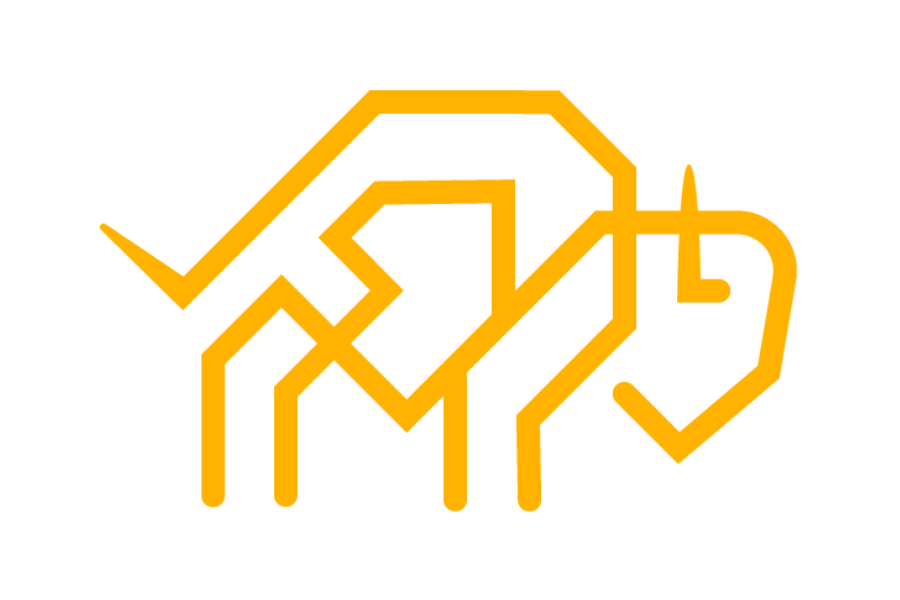

Currently, digital procurement in the Yukon is evolving, and local tech companies have an opportunity to play a bigger role. Moreover, by rethinking how tenders are scoped and structured, Yukon organizations can foster innovation, support small vendors, and build a more resilient, future-ready digital economy.
Bizont supports digital modernization efforts in the Yukon. And while there’s growing momentum, one challenge that continues to stand out: current procurement practices for digital platforms often unintentionally sideline local tech companies.
This first post in our 3-part series draws from our lived experience as a local vendor in Whitehorse, offering insight into procurement barriers and ideas for how we can move toward a more resilient, locally supported digital economy in the territory.
Indeed, procurement is one of the most powerful tools governments can use to support economic development. In many areas, such as maintenance and facilities services and construction and trade services, Yukon Government procurement rightly prioritizes local businesses. But when it comes to digital platforms, we’ve consistently seen a different trend emerge.
For instance, instead of creating space for custom-built or locally tailored approaches, most technology tenders are structured in ways that:
The result? Local tech companies often aren’t able to compete—not due to capability or performance, but because of how the process is scoped before we’re ever invited to participate.
The insight becomes even more clear when we look at the data.
Specifically, using publicly available Yukon procurement data (analyzed via Power BI), we found the highest volume of government contracts in the Yukon are awarded through direct award or invitational processes. These are generally faster and simpler to execute. Great, right?
However, the majority of public spending happens through open tenders. And here’s where the gap widens.
These larger-value, open tenders—especially in digital platform categories—are often written for pre-built, out-of-the-box (OOB) solutions. As a result, local vendors are effectively shut out of the highest-value opportunities because the structure of the RFP predefines the solution.

These procurement challenges aren’t unique to the Yukon.
Canada’s Procurement Ombudsman recently released a national report highlighting similar concerns across federal departments, specifically overly complex processes, barriers for small businesses, and a lack of vendor performance tracking. The report called for more outcomes-based procurement that delivers real value for money.
It’s a helpful reminder that the need to modernize procurement, and make space for more inclusive, transparent approaches is being recognized at the highest levels of government.
Additionally, for small businesses, responding to an open public tender is a major investment of time and resources. It often includes:
Meanwhile, large firms with proposal teams and templated solutions can scale bids efficiently, often positioning themselves as “safe” options—even when more thoughtful, local alternatives exist.
This isn’t a level playing field. And it leads to a procurement culture that prioritizes familiarity over innovation, and volume over value.
If we want to build a future-ready, resilient economy in the Yukon, procurement processes need to evolve to support local capacity—especially in the digital realm.
That doesn’t mean eliminating competition or closing off external vendors. It means creating space for local companies to propose thoughtful, adaptive solutions that are often more aligned with community needs, timelines, and budget realities.
It also means shifting procurement frameworks to reflect the realities of a smaller market—where firms are often multi-skilled, nimble, and capable of delivering strong results without the overhead of large-scale deployments elsewhere.
We’re not calling for a complete overhaul. But we are calling for a more fair chance to compete – especially on projects that will make the biggest impact on the Yukon’s digital future.
Ultimately, we believe that with small changes to how tenders are scoped and structured, the Yukon can unlock more of the potential that already exists within its borders.
To support this shift, we created Yukon Connect, a platform designed to bring greater transparency to public sector procurement and highlight areas where local businesses are ready and able to contribute.
This is the first post in our Beyond the Bid series, exploring how digital procurement in the North can be more inclusive, effective, and future-ready. In our next posts, we’ll take a closer look at how total cost of ownership (TCO) can lead to smarter investment decisions — and how building transparent, maintainable systems can empower public organizations long after delivery.
In short, let’s work together to build a digital procurement process that reflects the territory’s values—and invests in its future.
This post was authored by Bethany Ryan and Marcos Castillo, drawing on research, project experience, and conversations.
If something in this post resonated—or sparked ideas—we’d love to hear from you.
If something in this post resonated—or sparked ideas—we’d love to hear from you.

Join our mailing list to receive fresh insights, stories and updates.